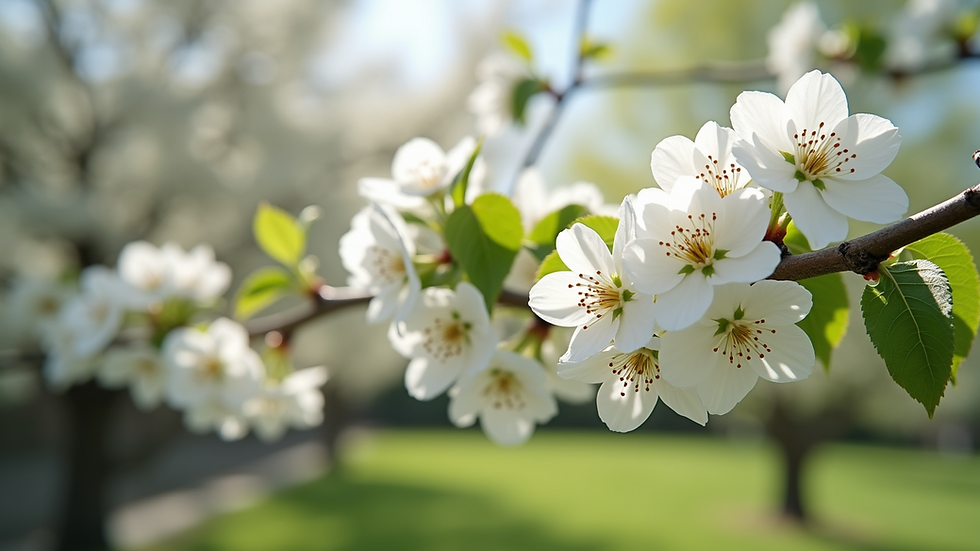Invasive Alert: Bradford Pear
- Robyn Cates
- Aug 31
- 2 min read
Introduced in the 1960s for its stunning blooms and symmetrical shape, the Bradford Pear (Pyrus calleryana) rapidly became a common landscape tree. However, its aesthetic appeal hides a significant ecological cost. These trees produce abundant seeds, easily dispersed by birds, allowing them to quickly colonize and outcompete native plants in woodlands and meadows. Their weak branch structure also makes them prone to splitting during storms, creating hazards and cleanup costs.

Environmental Impact
The environmental implications of Bradford Pears are concerning. Their expansion can change soil composition, making it harder for native plant species to thrive. This shift impacts local wildlife that depends on healthy, diverse flora for food and shelter.
Homeowners may also notice that their gardens or yards suffer as these invasive trees take over. The balance of pollinators and other beneficial insects can be disrupted, leading to decreased yields for fruit or vegetable gardens.
What You Can Do
For those with Bradford Pears on their property, taking action is crucial. Here’s what you can do:
Identify and Remove: Consider removing Bradford Pears from your property, ideally with professional help.
Replant with Native Species: Replace them with native trees to support local biodiversity and wildlife.
Educate Others: Share knowledge about the invasive nature of Bradford Pears within your community to encourage collective action.
Native alternatives
Serviceberry
This elegant native tree offers stunning spring flowers, summer berries, and brilliant fall color.
Attracts over 40 species of birds
Thrives in various soil conditions
Offers four-season visual interest
Low maintenance once established
Florida Dogwood
A beautiful understory tree with distinctive spring flowers and vibrant fall foliage.
Provides habitat for native wildlife
Compact size perfect for residential landscapes
Produces red berries in fall that attract birds
Grows well in partial shade conditions
Pyramidal Hornbeam
This architectural native offers a structured pyramidal form without invasive tendencies.
Distinctive textured bark adds winter interest
Excellent tolerance for urban conditions
Dense foliage provides good screening
Resists pests and diseases
Though once celebrated for their beauty, Bradford Pears have become a major concern for homeowners and the environment. By understanding their invasive nature and the potential consequences, we can take steps to protect our local ecosystems. Making informed choices about landscaping is vital in fostering healthier environments for current and future generations.
Together, we can advocate for a more balanced approach to landscaping that emphasizes native plants and biodiversity. Every tree you choose to plant can make a difference!








Comments